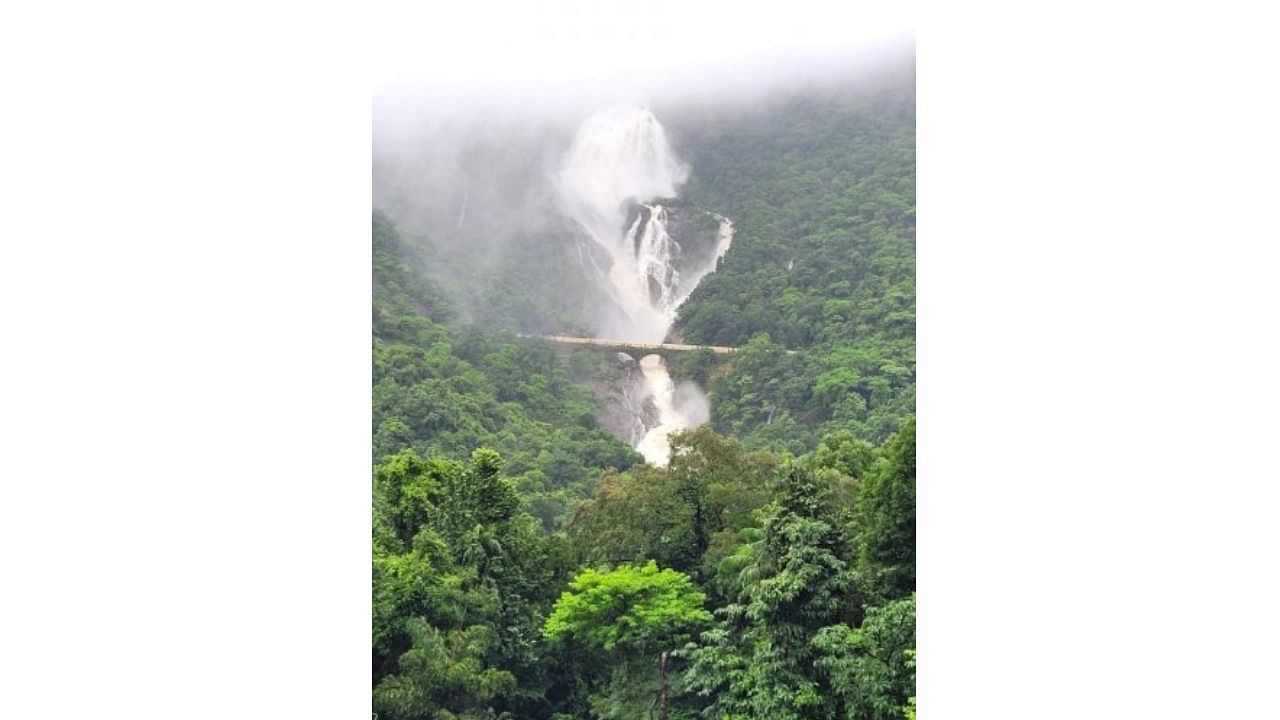
Goa forest officials on Wednesday shut down wildlife sanctuaries, home to numerous waterfalls, amid a spate of drowning incidents, even as the state government issued a formal advisory urging the general public not to bathe under waterfalls or in water-logged mining pits and stone quarries.
Chief Minister Pramod Sawant also made a public appeal after the latest drowning incident involving a tragedy at the Mainapi waterfall in Sanguem subdistrict in south Goa in which two persons drowned on Sunday.
“I request all that (people) should avoid venturing near waterfalls. Tourists visiting the state are unaware of the depth of the water near the waterfalls and one should not venture into water after drinking liquor. Since last one & a half months, 15 to 20 persons have died due to drowning (sic),” Sawant said in his appeal.
The Goa government has posted lifeguards at such water bodies as a temporary measure. Sawant also said that lifeguards from a private lifeguard agency Drishti Marine had also been roped in to keep vigil near waterfalls, to prevent further drowning incidents.
On Wednesday, the south Goa administration as well as the state chief wildlife warden also issued separate directives deterring people from visiting waterfalls in the forested areas, which are centres of attraction for locals as well as tourists, especially during the monsoons, when the waterfalls are at their prime, and Goa's beaches are off-limits for swimming.
The south Goa DM issued an order late on Wednesday urging tourists and members of the general public to "refrain from entering/taking bath/swimming in water bodies, lakes, rivers, waterfalls, mining pits, etc., during the ongoing monsoon season given several drowning incidents reported in the south Goa district during this monsoon".
The chief wildlife warden also banned public entry into the numerous wildlife sanctuaries in the state in the wake of the deaths, citing water-logged rivers and other monsoon-related perils, until further notice.
After the late arrival of the monsoon, the state has received nearly 1,054 mm of rainfall, most of it in July.